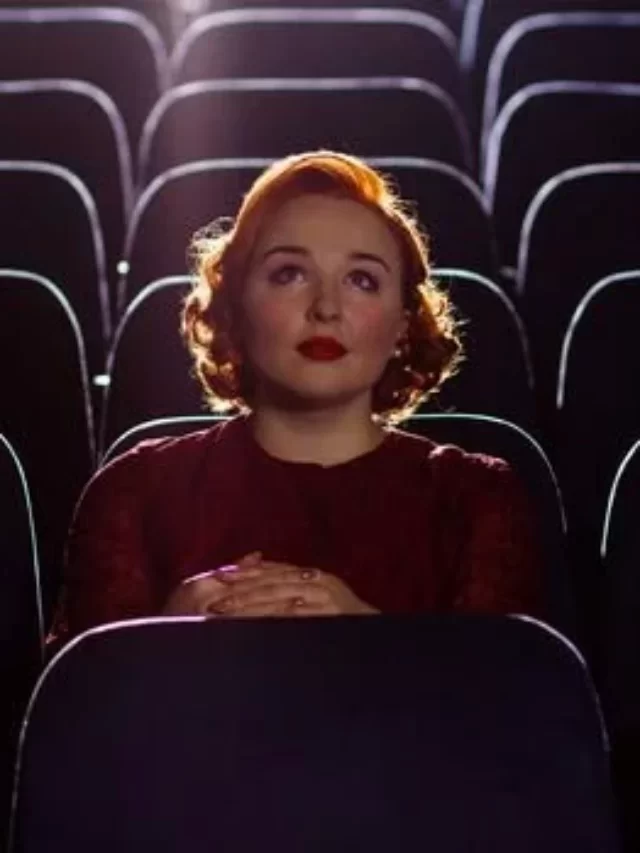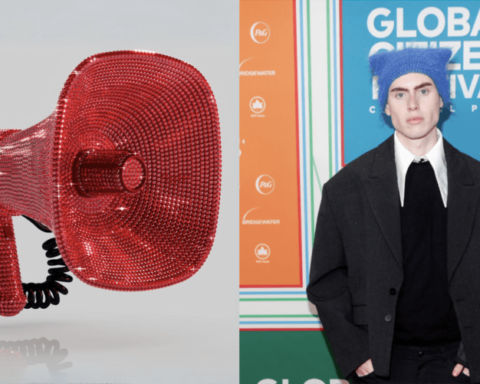Key points:
- The movies’ saints seem as though they’ve quite recently ventured off the Berghain dancefloor – and the association isn’t only tasteful. The series shares the class’ way of thinking of freedom.
“We can’t see it,” says a person in The Matrix Resurrections, “yet we as a whole are caught inside these bizarre rehashing circles.” Small astonishment techno maker Marcel Dettmann was dispatched to compose music for this most recent film in the establishment. It’s a characteristic fit. Its chief, Lana Wachowski, goes clubbing at Berghain, the Berlin techno club where Dettmann is an occupant and where, cut off from the ordinary world, individuals have strange, freeing encounters. Techno keeps on moving the establishment’s style.
At the point when club techno emerged in 1980s Detroit, African American makers were reconsidering the deindustrialised city as a site of futurist dreams. Cybotron’s tragic 1984 track Techno City was enlivened by Fritz Lang’s Metropolis and the Tokyo of Yellow Magic Orchestra’s track Technopolis. “I extrapolated the need of communicating the otherworldliness of individuals into the computerized lattice,” said Cybotron’s Rik Davis (utilizing “framework” before the film existed), “between the cerebrum, the spirit and the components of the internet.”

It’s telling that The Matrix’s person names (Neo, Trinity, Morpheus) are generally solid like the monikers of techno makers (Function, DVS1, Cadency). Additionally, the style in the film isn’t normal for cliché Berlin techno clubwear. “At the point when they go into the Matrix, they make their persona, which is the way they see themselves,” said Matrix outfit creator Kym Barrett of the characters, with their PVC coats, weighty boots and miniature shades (by Richard Walker).
Techno craftsman Jeff Mills comparably discusses shedding his human structure through music. “I’m turning into the third individual,” he told the Wire, contrasting his creations with robot tests of outsider domains. Alongside Mike Banks, Mills was a prime supporter of the Detroit techno aggregate Underground Resistance (UR). UR tried to tackle techno’s force of obscurity to de-program individuals from what they called the “predominant mind beam”: the bogus reality by which, through broad communications, we’re adapted to acknowledge a false feeling of what our identity is. “All that you see may not be genuine,” UR sang on their 1998 collection Interstellar Fugitives. “It very well may be a hallucination.”
The Matrix is additionally founded on such a qualification between the clear world and this present reality. Co-maker Lilly Wachowski as of late uncovered that, in the first screenplay, Switch should be a trans person who in the network was a lady and in reality a man. Numerous trans and strange individuals experience this reality in underground party scenes, where the techno club is a protected climate to investigate who they truly are.



















